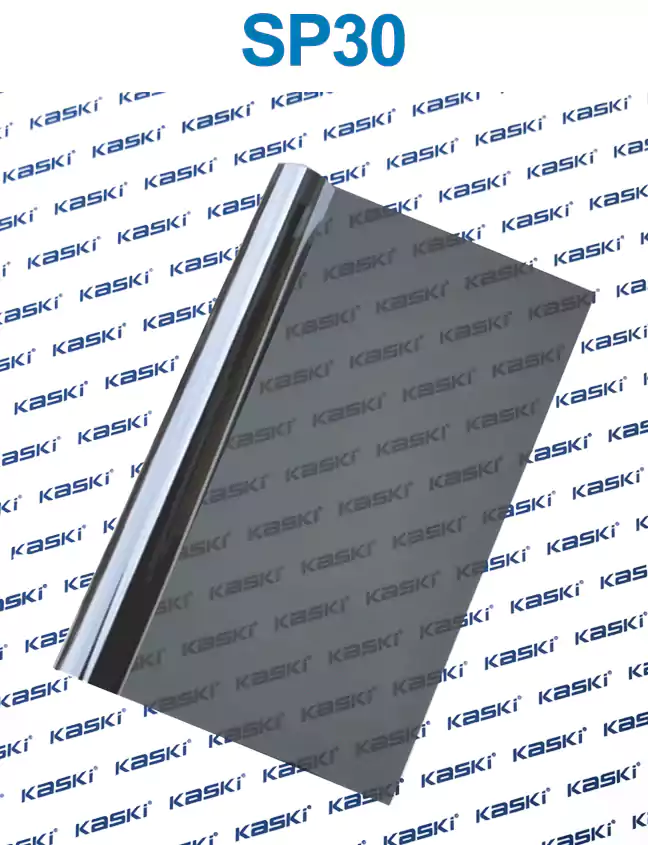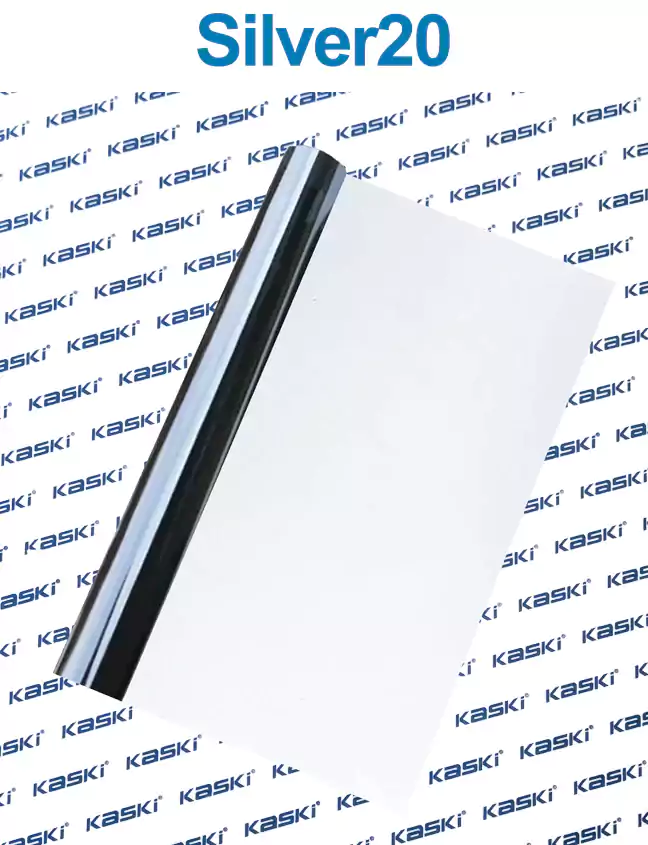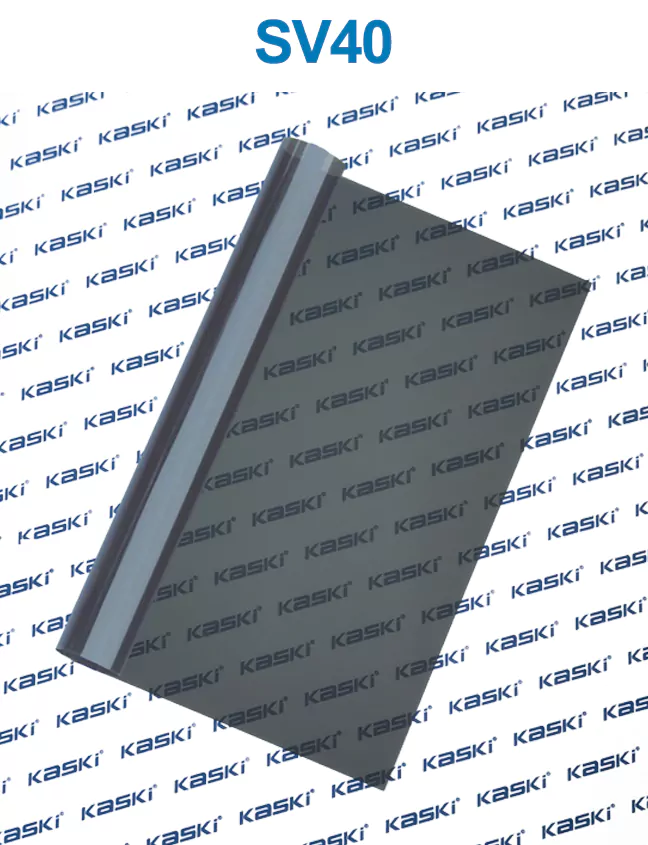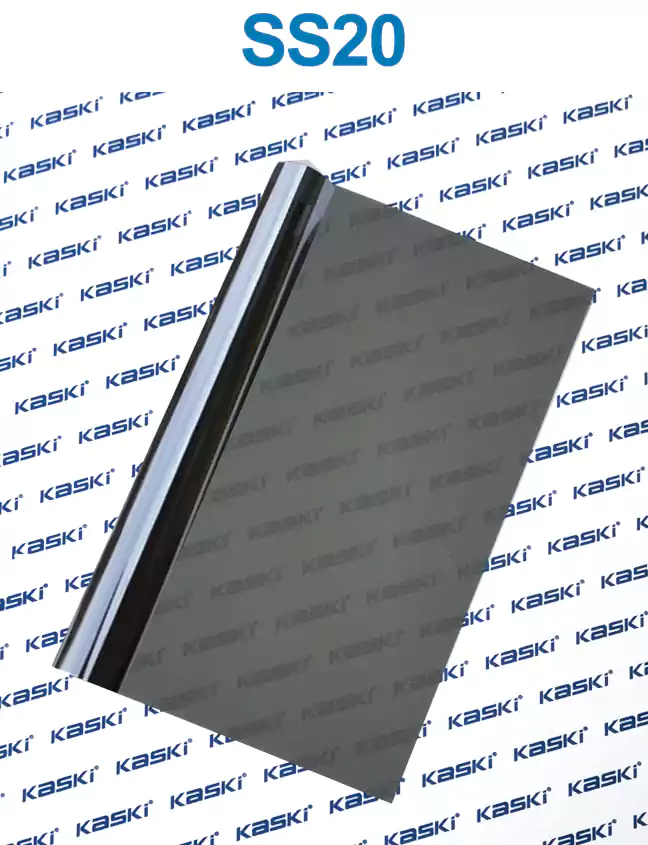Automotive window tinting is a popular and practical solution that offers a wide range of benefits for car owners. From enhancing the aesthetic appeal of your vehicle to improving its energy efficiency and protecting your interior, window tinting is a versatile and cost-effective upgrade that should not be overlooked.
In this comprehensive guide, we'll delve into the principles of automotive window tinting, its numerous advantages, and provide a detailed installation case study to help you make an informed decision about this valuable investment.
The Principles of heat control window film
Window tinting works by applying a thin, transparent film to the interior of your vehicle's glass surfaces. These films are designed to block a significant portion of the sun's harmful ultraviolet (UV) and infrared (IR) rays, while still allowing natural light to pass through.
The tinting process involves carefully measuring the dimensions of your car's windows and selecting the appropriate tint film that meets your specific needs. The film is then precisely cut and applied to the interior of the glass, creating a seamless and uniform appearance.
Advantages of Automotive Window Tinting
1. Reduced Heat and Energy Savings: By blocking up to 99% of the sun's heat-producing infrared rays, window tinting can significantly reduce the temperature inside your vehicle. This, in turn, can lead to substantial energy savings, as your car's air conditioning system won't have to work as hard to maintain a comfortable cabin temperature.
2. UV Protection: Automotive window tinting is highly effective at blocking harmful ultraviolet (UV) rays, which can cause damage to your skin, as well as fading and deterioration of your car's interior materials, such as upholstery, dashboards, and decorative elements.
3. Increased Privacy and Security: Tinted windows provide an added layer of privacy, making it more difficult for passersby to see into your vehicle. This can be especially beneficial for those who frequently transport valuable items or need to maintain a discreet presence.
4. Improved Aesthetic Appeal: Window tinting can enhance the overall appearance of your vehicle, giving it a sleek and sophisticated look. From subtle shades to bold, dark tints, there's a wide range of options to suit your personal style and preferences.
5. Protection for Decorative Curtains and Blinds: If your vehicle is equipped with decorative window treatments, such as curtains or blinds, tinting can help preserve their condition by shielding them from the sun's damaging rays.
6. Enhanced Comfort and Glare Reduction: Tinted windows can significantly reduce glare from the sun, making it easier to see and drive, especially during the bright hours of the day. This increased visibility and reduced eye strain can contribute to a more comfortable and safer driving experience.
A Detailed Installation Case Study
To provide a better understanding of the heat control window film process, let's consider a specific installation case study.
Vehicle: 2019 Toyota Camry
Window Tinting Application: Side windows, rear glass, and windscreen
The installation process began with a thorough cleaning of the vehicle's windows to ensure a proper adhesion of the tint film. The technician then carefully measured the dimensions of each window, taking into account any unique shapes or contours, to ensure a precise fit.
Next, the appropriate tint film was selected based on the customer's preferences and the specific requirements of the vehicle. In this case, the customer opted for a high-quality ceramic tint film that blocks up to 99% of harmful UV rays and 60% of the sun's heat-producing infrared rays.
The tint film was then carefully cut to size and applied to the interior of the windows, starting with the side windows and working towards the rear glass and windscreen. The technician used specialized tools and techniques to ensure a seamless, bubble-free application, paying close attention to the edges and corners to prevent any peeling or lifting.
Once the tint film was in place, the technician used a squeegee to smooth out any air bubbles or wrinkles, ensuring a flawless finish. The vehicle was then left to cure for the recommended period, allowing the tint film to fully adhere to the glass surfaces.
Testimonials
"I'm absolutely thrilled with the results of my heat control window film. Not only does my car look fantastic, but I've noticed a significant difference in the cabin temperature and glare reduction. The installation process was quick and hassle-free, and the tint has held up beautifully over time. I highly recommend this service to anyone looking to enhance their driving experience."
- Sarah, 2017 Honda Civic owner
"Investing in automotive window tinting was one of the best decisions I've made for my vehicle. The tint has not only improved the overall appearance of my car, but it's also made a noticeable difference in my fuel efficiency. I no longer have to crank up the air conditioning to stay cool, and the reduced UV exposure has helped preserve the condition of my interior. The team that installed the tint was professional, efficient, and took the time to ensure a perfect finish. I couldn't be happier with the results."
- Michael, 2021 Ford F-150 owner
Conclusion
Automotive window tinting is a versatile and practical upgrade that offers a wide range of benefits for car owners. From enhanced energy efficiency and UV protection to improved aesthetics and increased privacy, this simple yet effective solution can transform the driving experience and help preserve the condition of your vehicle's interior.
Whether you're looking to stay cooler in the summer, protect your belongings, or simply enhance the overall appearance of your car, investing in high-quality automotive window tinting is a decision that is sure to pay dividends for years to come.


















